A Walk Across Dartmoor - part 2
A riverside path heading north from the village of Postbridge, famed for its ancient clapper bridge, leads into the heart of the moor. The bridge dates back at least to the fourteenth century and some of the slabs weigh over eight tons. The ‘modern’ bridge in the background was built as recently as 1780.

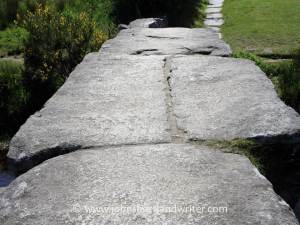
At the point where the river turns abruptly westwards are the remains of a beehive hut. These were used mostly for storage and, compared to many of Dartmoor’s archaeological features which date back millennia, are also of more recent origin and date from the 1500’s. They ‘disappear’ into the moorland features but are clearly visible once you know where to look.
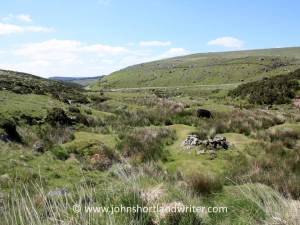
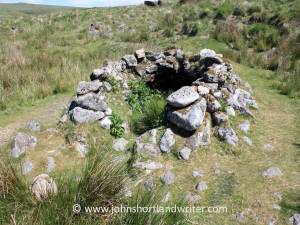
Walking further onto the moor and leaving the river behind are the low grey shapes of the Grey Wethers double stone circle. Sitting close to Sittaford Tor, they are so named for their resemblance to sheep, ‘wether’ being the Old English name for a castrated male sheep. A tale, often repeated, is of a traveller stopping off at the remote Warren House Inn (where this walk started and will end) who complained of the poor quality sheep in the district. After a drink or two, he was led to the circles and in the mist mistook the stones for sheep and bought them, only to discover later that he had been fooled.
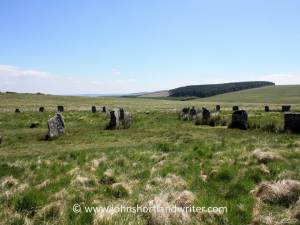
The two circles of Grey Wethers appear to the eye as one shaped as a figure of eight but an aerial view shows them to be quite separate to one another, sitting side by side. The circles are of similar size and lie on a north-south axis although whether this is of relevance is unknown. Numerous theories abound: perhaps the meeting place of two separate groups of people, or possibly they represent life and death. When excavations took place in 1909 a thick layer of ash was found to cover their centres but, again, the purpose of this is unknown.
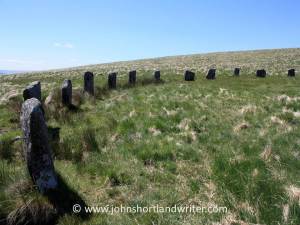
From Grey Wethers the walk back to the Warren House Inn skirted the edge of Fernworthy Forest. Hidden behind the trees is Fernworthy reservoir, created by damming the South Teign River. When water levels are low the remains of an old farm can be seen, as can the remains of a small clapper bridge, drowned reminders of life on the moor in times past.

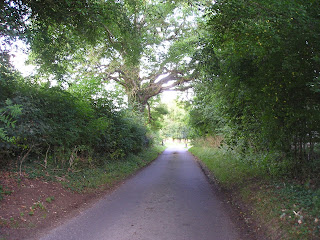
Comments
Post a Comment